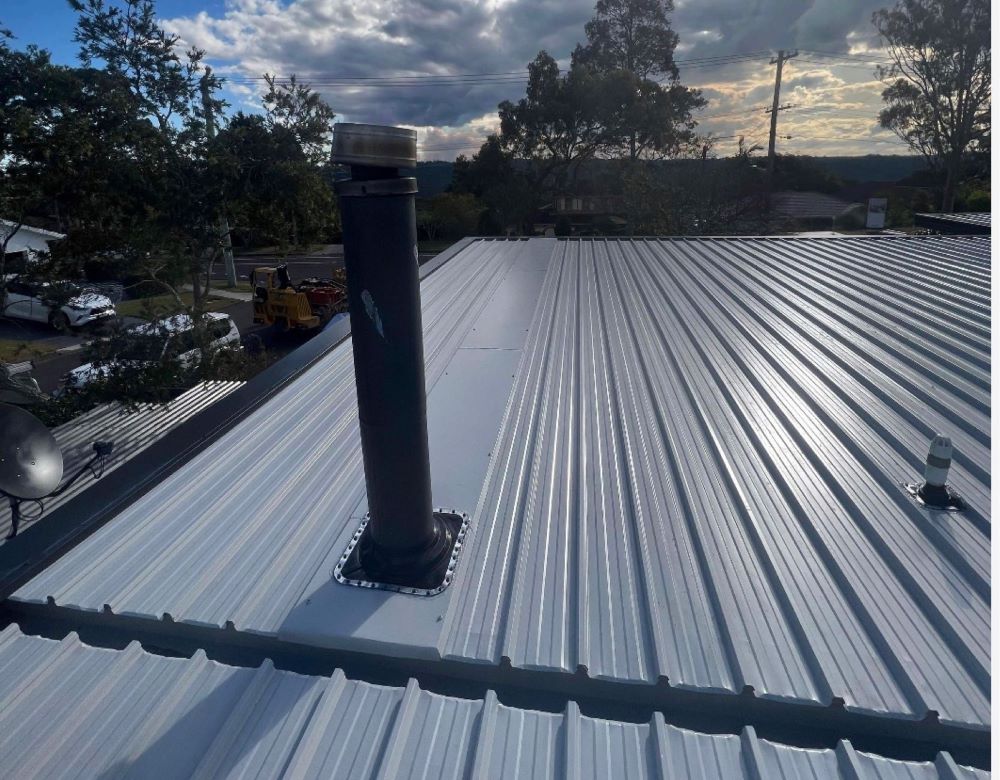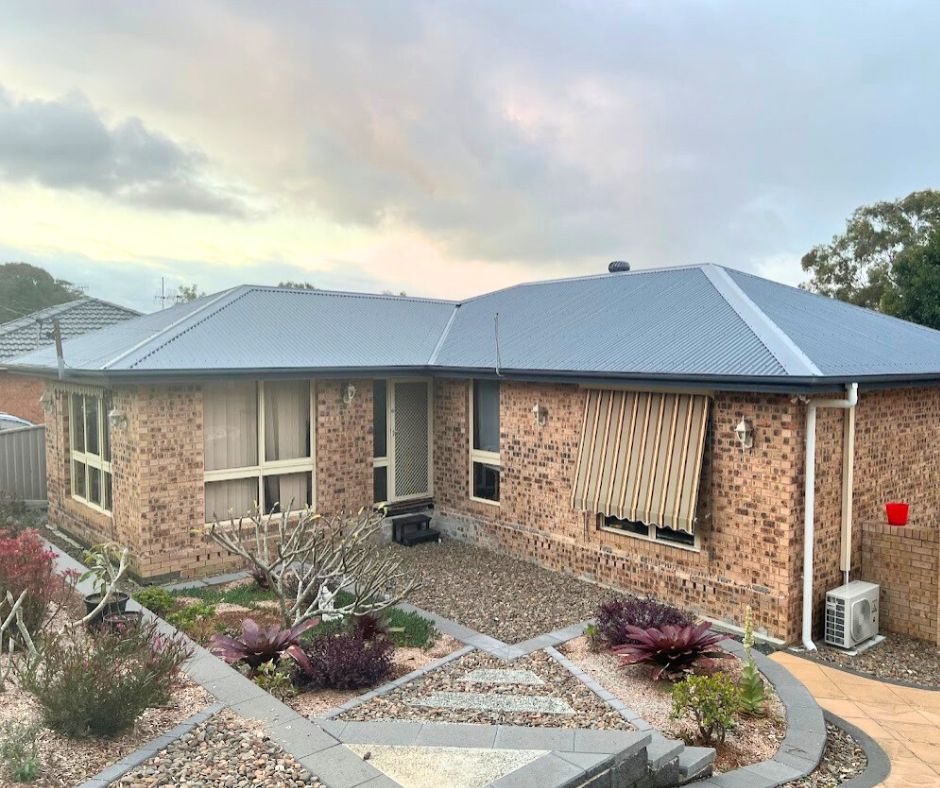By AWS Roofing | Your Trusted Central Coast NSW Roofing Specialists
Identifying the Optimal Moment for a Comprehensive Roof Replacement Rather Than Just Repairs
When contemplating the state of your roof, it becomes vital to consider a full roof replacement if it has surpassed 20 years of service, exhibits multiple leaks, displays signs of sagging, or reveals any major structural issues. Frequent repairs alongside visible damage are strong indicators that your roof has reached its functional lifespan. In such scenarios, pursuing a complete replacement not only makes logical sense but may also be more economically advantageous in the long run.
Key Indicators That Signal the Necessity for a Roof Replacement:
- A prevalence of leaks impacting substantial areas of your home.
- Noticeable sagging in the roofline or clear daylight penetrating through the roofing materials.
- Presence of cracked, broken, or missing roofing tiles or sheets.
- Evidence of rust on flashings or degradation of the ridge caps.
- Repair expenditures consistently outpacing the cost of a complete replacement.

Making Knowledgeable Decisions: Should You Repair or Fully Replace Your Roof?
Homeowners frequently ask themselves: “Should I pursue roof repairs, or is it the right moment for a complete replacement?” The answer hinges on several factors, such as the age of your roof, the extent of the damage, the specific roofing materials employed, and your long-term intentions for the property. By carefully evaluating these components, you equip yourself to make a well-informed decision that aligns with your financial capabilities and overarching home maintenance strategy.
Identifying When Roof Repairs Are the Most Appropriate Solution
Generally, roof repairs are the most suitable approach when damage is confined or primarily aesthetic in nature. Typical situations that necessitate repairs include:
- Minor leaks or unsightly water stains appearing on the ceiling.
- A few cracked or dislodged tiles that can be easily replaced.
- Localized damage from storms affecting only a specific section of the roof.
- Flashing issues or blocked drainage valleys that can be swiftly remedied.
- Gutter separations or overflow resulting from blockages.
For roofs that are still relatively young—under 15 years for tiles and under 20 years for Colorbond®—and are otherwise in good condition, targeted repairs often prove to be the most cost-effective choice for homeowners.
Advantages of Choosing Roof Repairs Instead of Full Replacement
- Lower initial expenditure compared to a complete replacement.
- Reduced disruption to your daily routine during repairs.
- Prolongs the lifespan of your existing roofing system.
- Ideal for homeowners seeking short-term solutions or those operating on a tight budget.
Determining When a Full Roof Replacement Is Essential
A full roof replacement becomes a more favourable option when your roof displays the following characteristics:
- Exceeds 20 to 30 years of age and shows significant deterioration.
- Exhibits widespread sagging, warping, or delamination of the tiles.
- Requires frequent repairs and patch jobs that have become increasingly burdensome.
- Leaky in multiple locations or during every rainstorm.
- Fails to meet current building codes or modern storm-resistance standards.
If you plan to stay in your home for the long term, investing in a new roof can prove to be a wise financial decision—enhancing energy efficiency, increasing property value, and alleviating ongoing repair expenses.

Crucial Signs That Indicate It’s Time for a Roof Replacement
- Visible daylight shining through the roofing materials.
- Pooling water accumulating in ceilings or cavities.
- Multiple broken ridge caps or deterioration of mortar.
- Presence of rust spots on metal roofing or flashing materials.
- Observable structural movement or wood rot beneath the eaves.
Financial Aspects: Evaluating Repair and Replacement Costs
While roof repairs generally entail a lower initial cost, they can accumulate rapidly if issues arise frequently. Conversely, a complete roof replacement may require a larger upfront investment, but over a span of 10 to 15 years, it often provides enhanced value and peace of mind, particularly if you choose durable materials such as Colorbond® steel that are designed to endure the test of time.
Key Factors Influencing the Cost of Roof Replacement
- The overall size and pitch of your roof structure.
- Your choice of materials (tile, metal, Colorbond®, etc.) for the new roof.
- The extent of existing damage or the need for re-battening.
- Costs related to the removal and disposal of old roofing materials.
Understanding the Effects of Local Weather on Your Roof: Insights for Homeowners in the Central Coast
Living on the Central Coast means your roof endures intense sunlight, coastal salt air, and seasonal storms. These environmental conditions can significantly diminish the lifespan of older roofing materials, especially if your roof lacks adequate sealing, ventilation, or protective eave measures.
In many cases, undertaking a comprehensive roof restoration or replacement can provide superior protection for your home, ultimately reducing long-term costs associated with storm damage and leaks.
Seeking Expert Advice for Your Roofing Requirements?
At AWS Roofing, we provide comprehensive roof inspections to guide you in navigating your options effectively. Our skilled team will assess whether your roof can be repaired or if it’s time for a replacement, delivering clear and transparent recommendations tailored to your unique needs and budget.
Whether you require a swift repair or a complete new roof installation, our dedicated team is focused on delivering durable, high-quality results that you can rely on.
Schedule your complimentary roof assessment today and take the first step towards securing a reliable roofing solution →
Your Queries Answered: Frequently Asked Questions
Q1: How can I ascertain if my roof requires replacement rather than just repair?
If your roof is older than 20 to 30 years, showing leaks in multiple locations, or exhibiting signs of sagging, rust, or structural degradation, it is often more cost-effective to replace it instead of continuing with patchwork repairs.
Q2: Is it typically less expensive to repair a roof or to replace it?
Repairs tend to incur lower costs initially. However, if your roof necessitates frequent maintenance or is nearing the end of its useful lifespan, opting for a replacement can yield better long-term value and decrease ongoing expenses.
Metal Roofers Central Coast
Roof Repair vs Replacement: When Is It Time to Replace Your Roof?
The Article: Roof Repair vs Replacement: Know When to Replace Your Roof first appeared on https://writebuff.com
The Article Roof Repair vs Replacement: When to Choose a New Roof Was Found On https://limitsofstrategy.com



